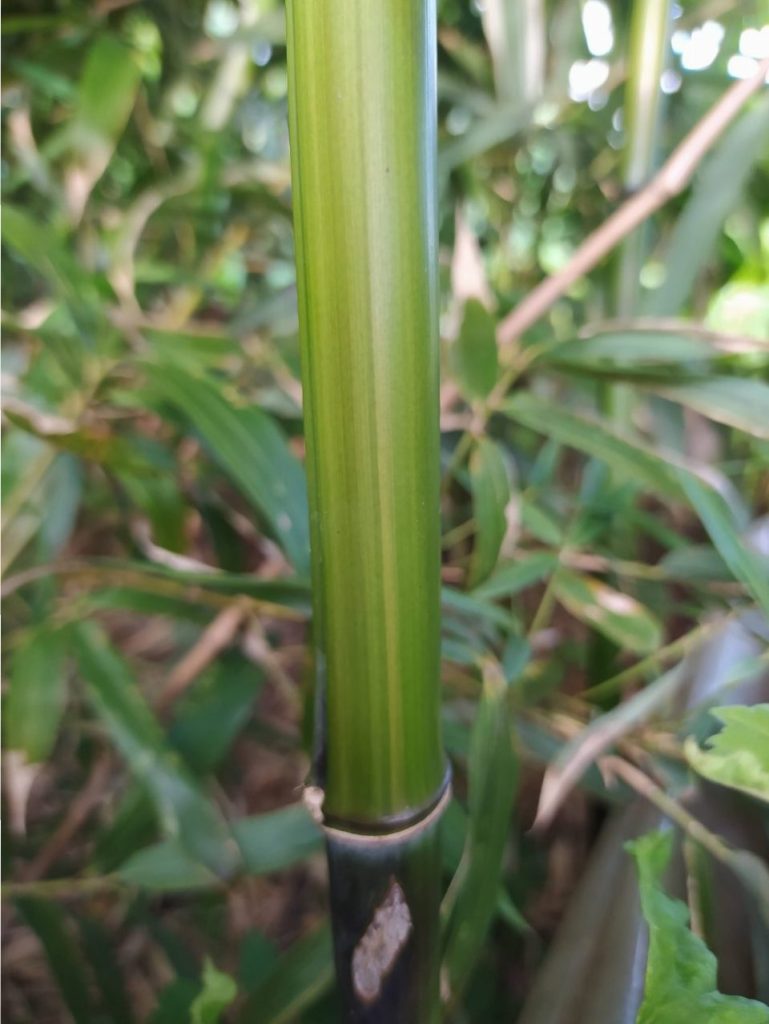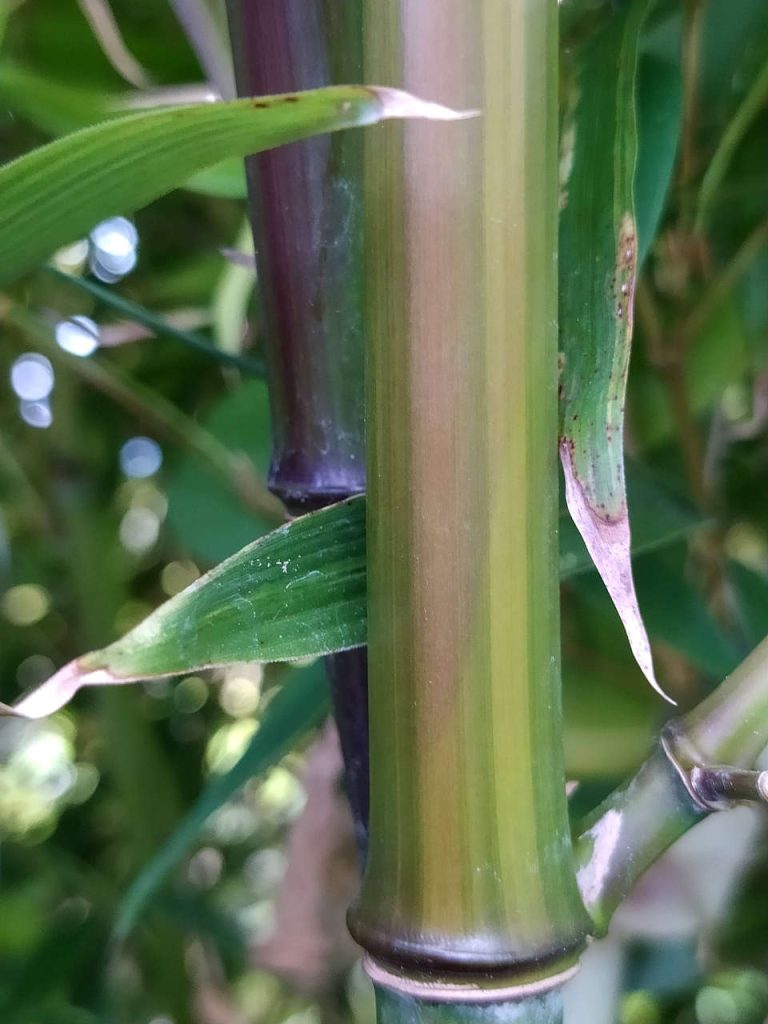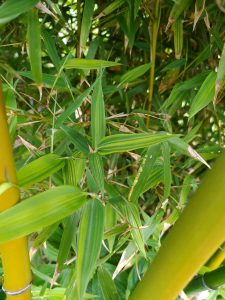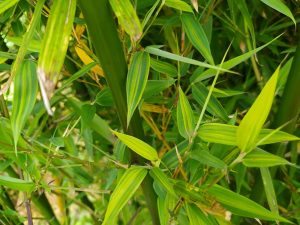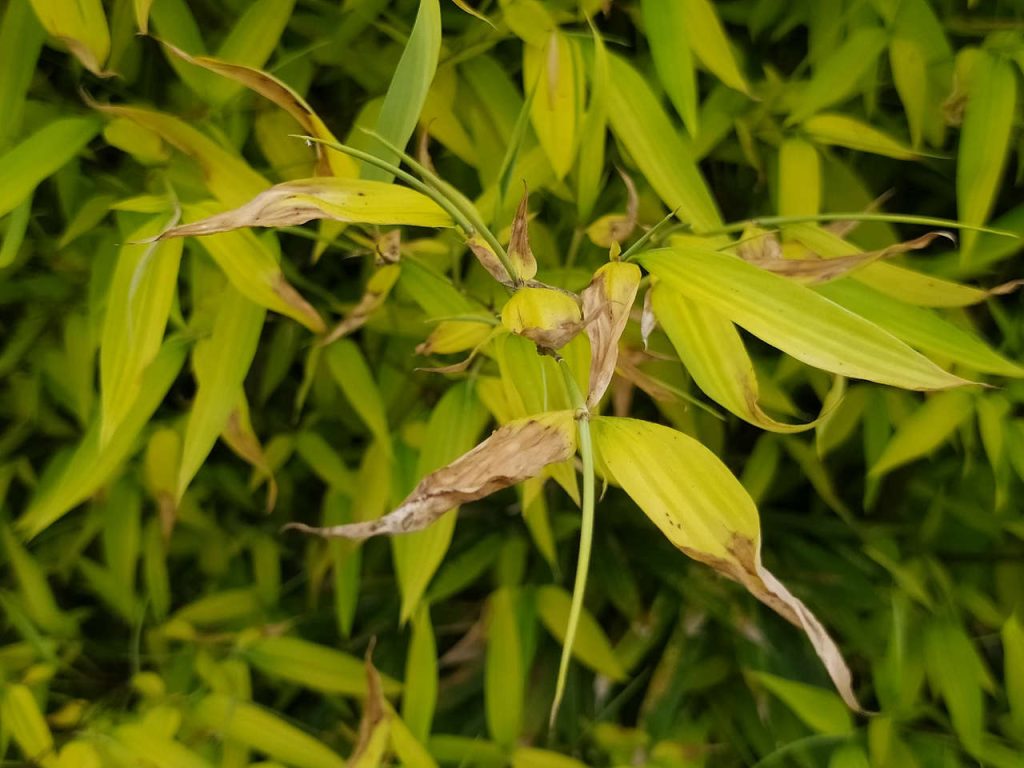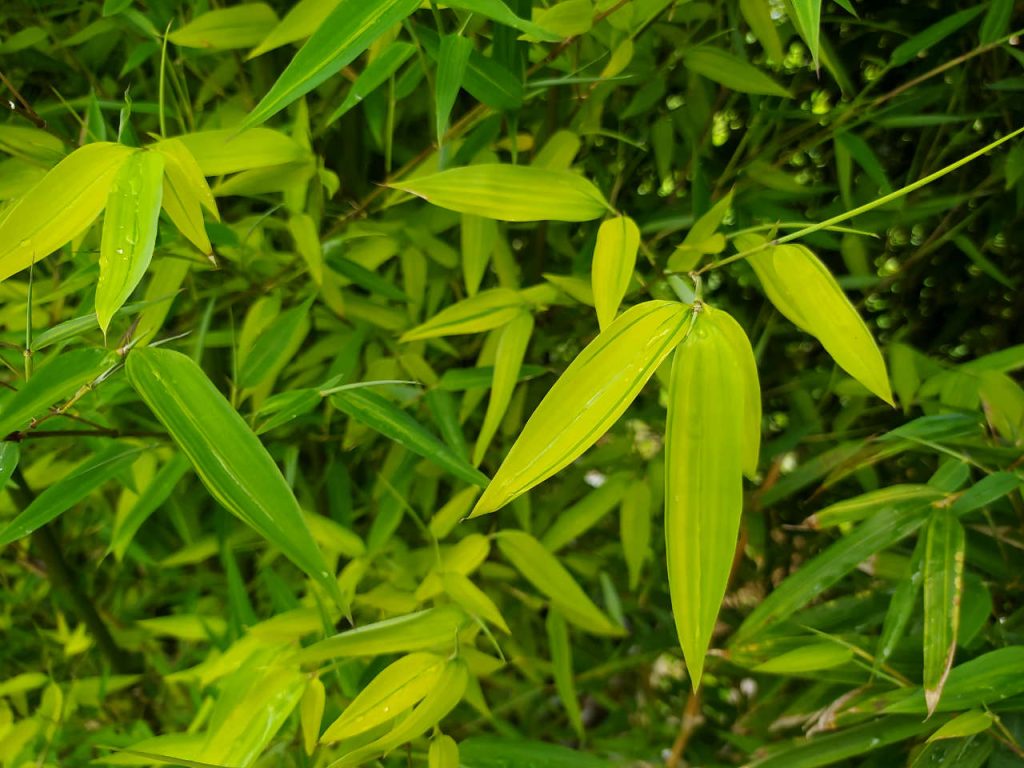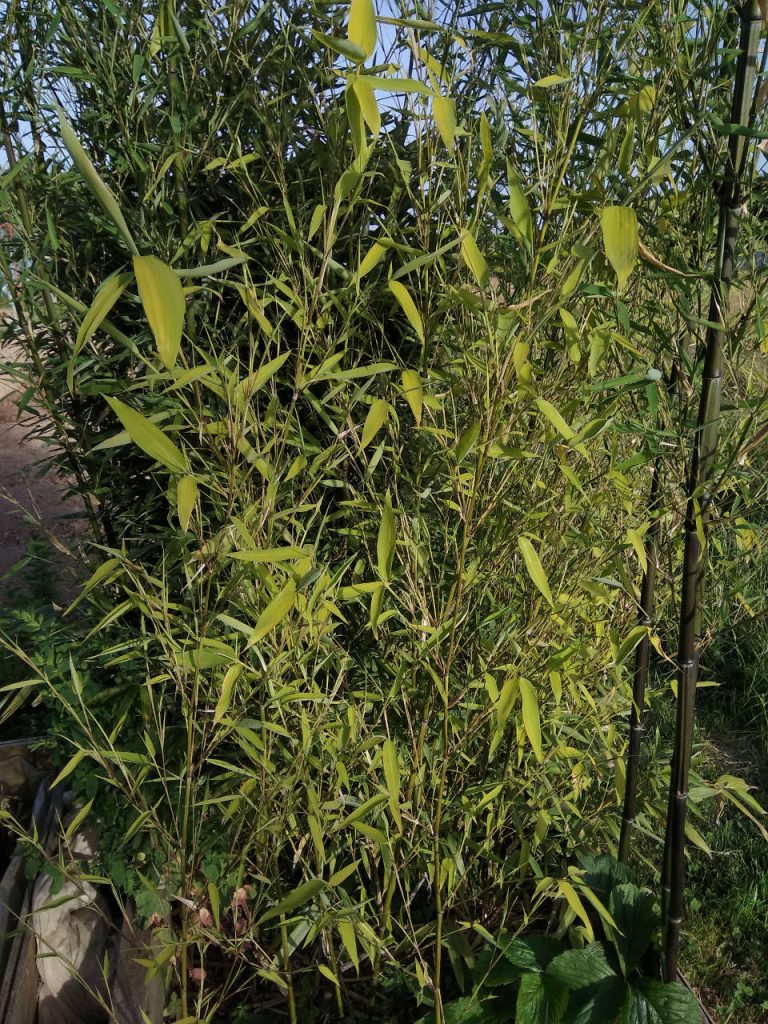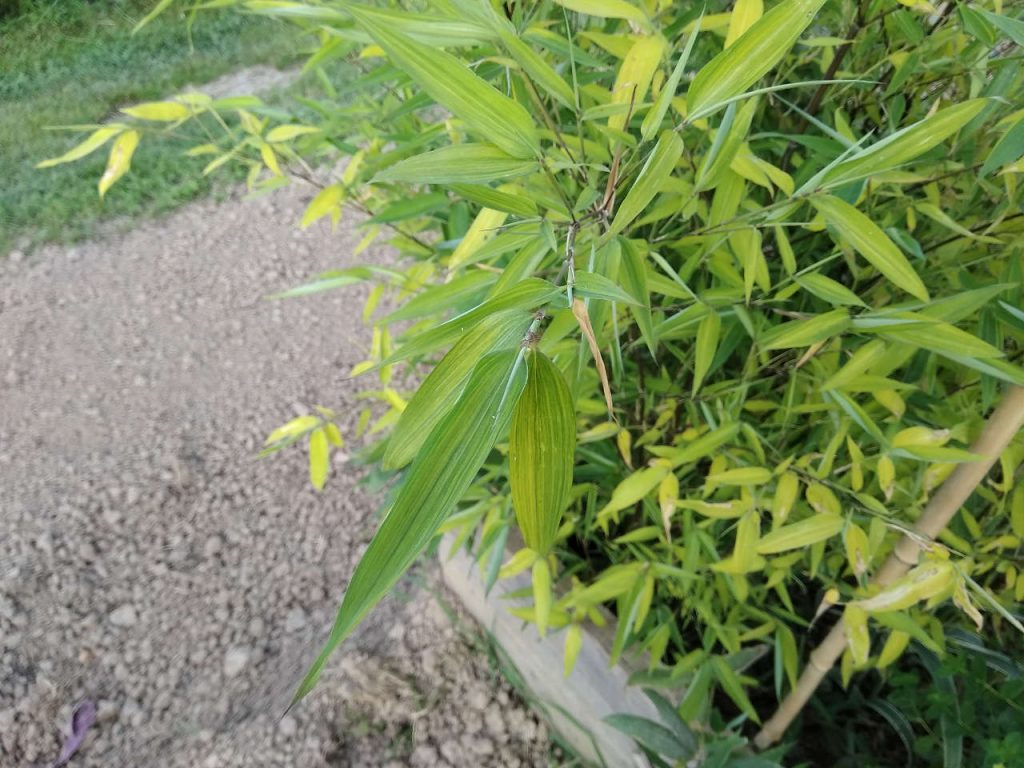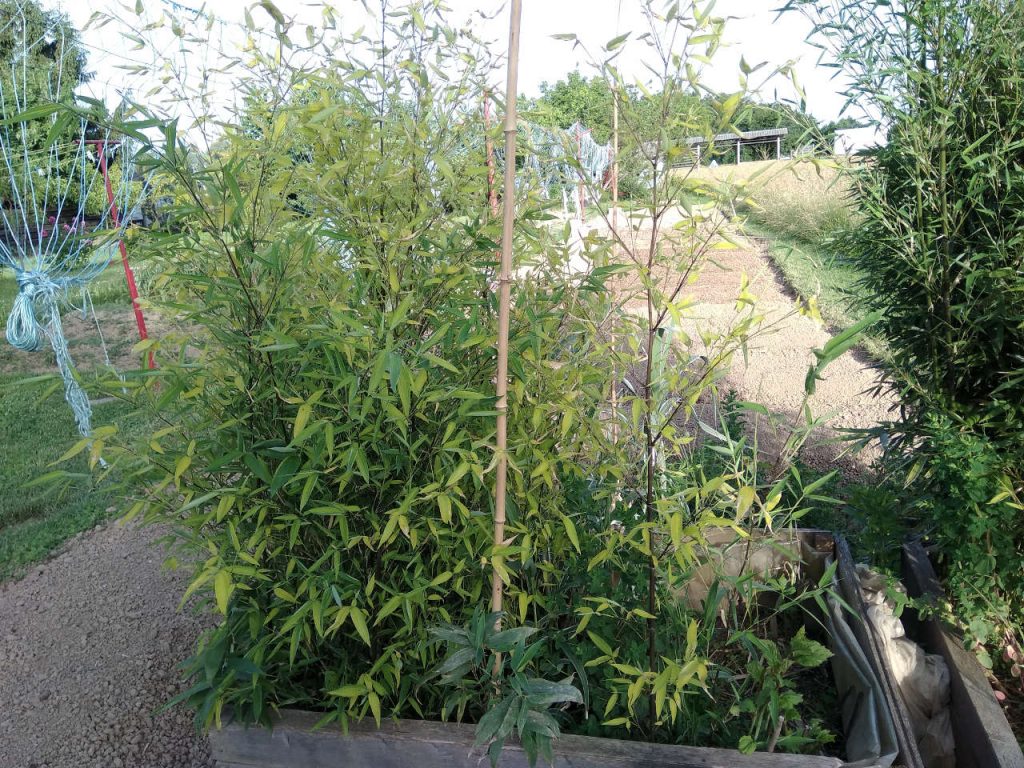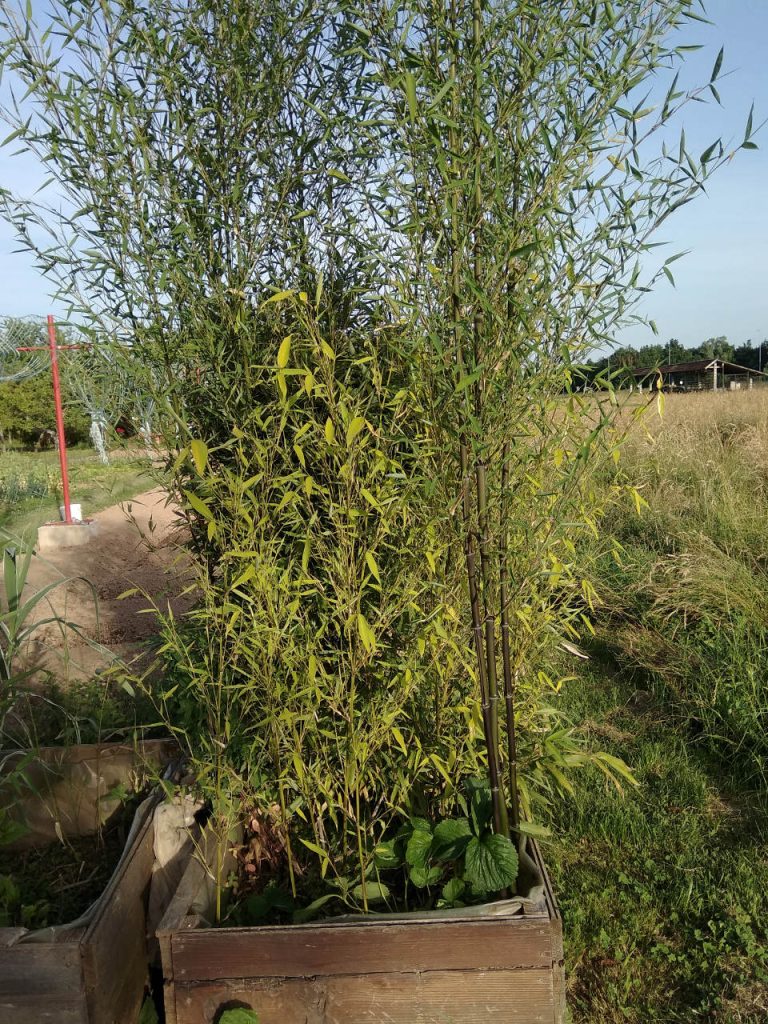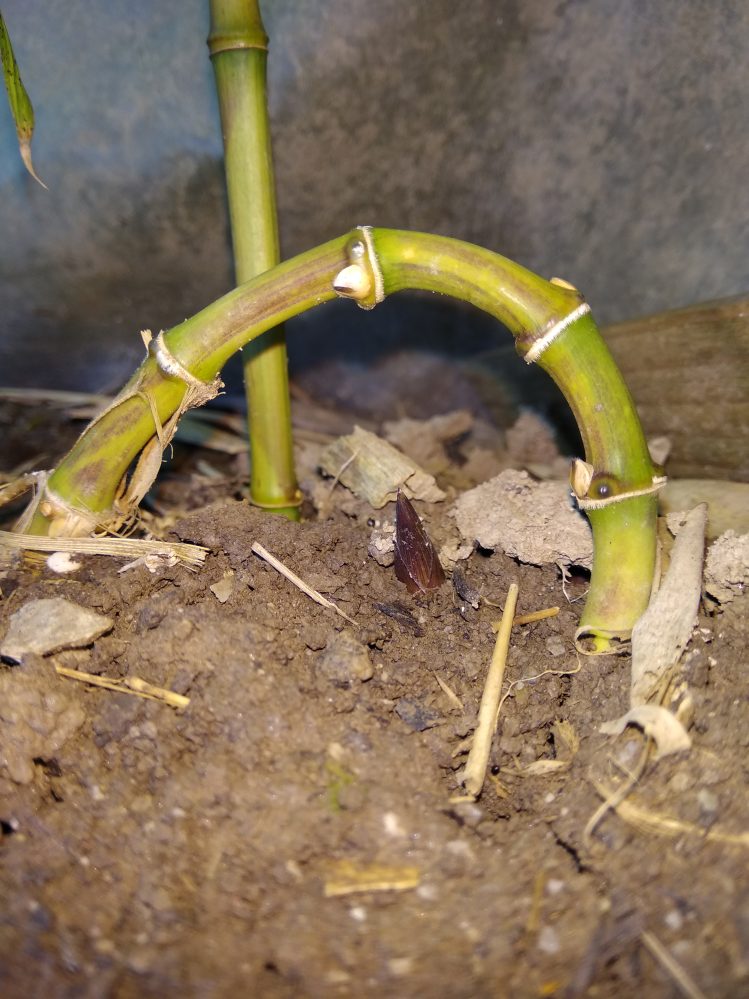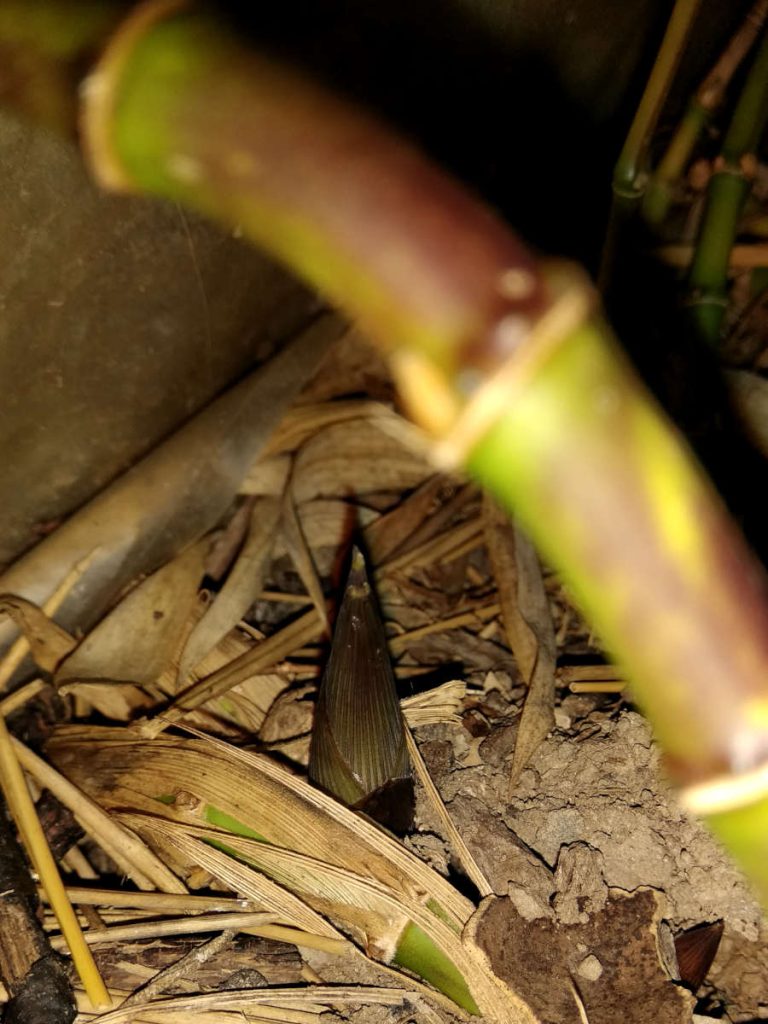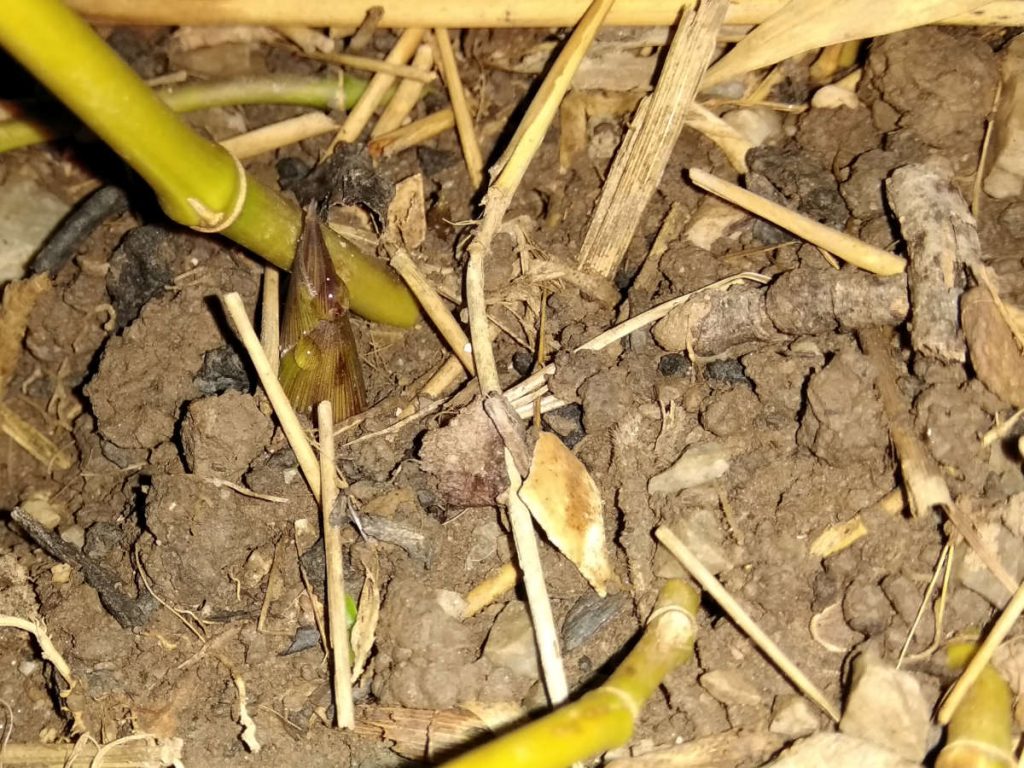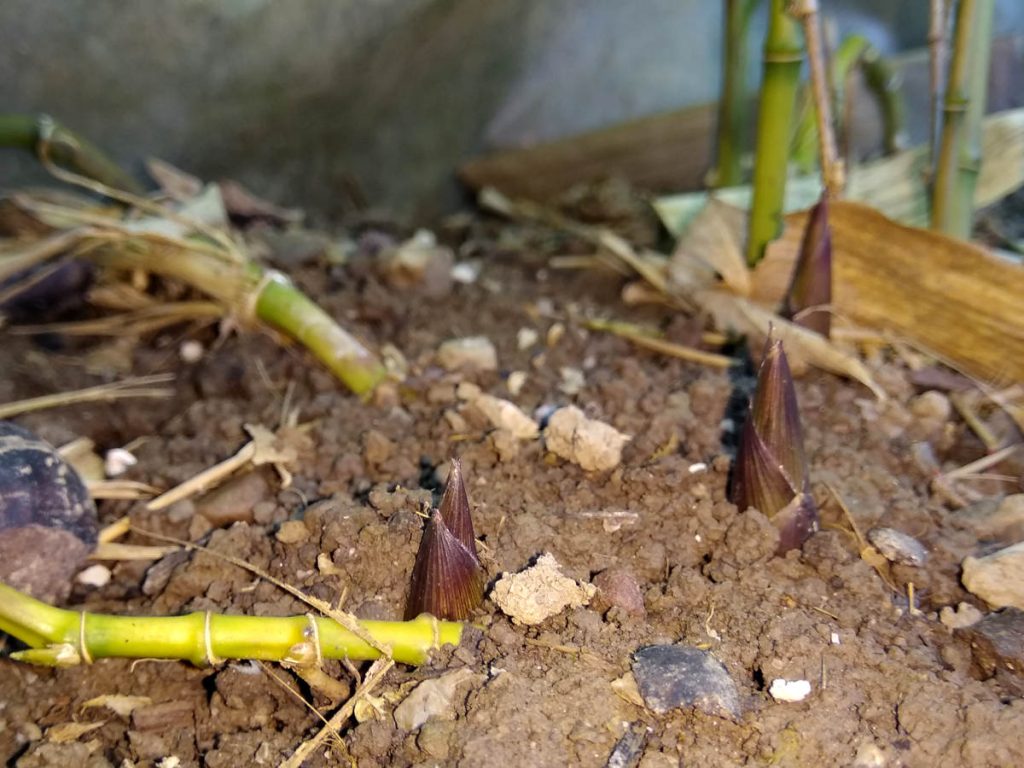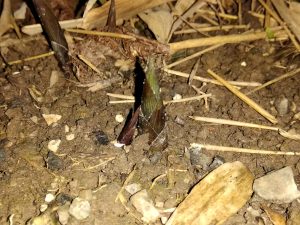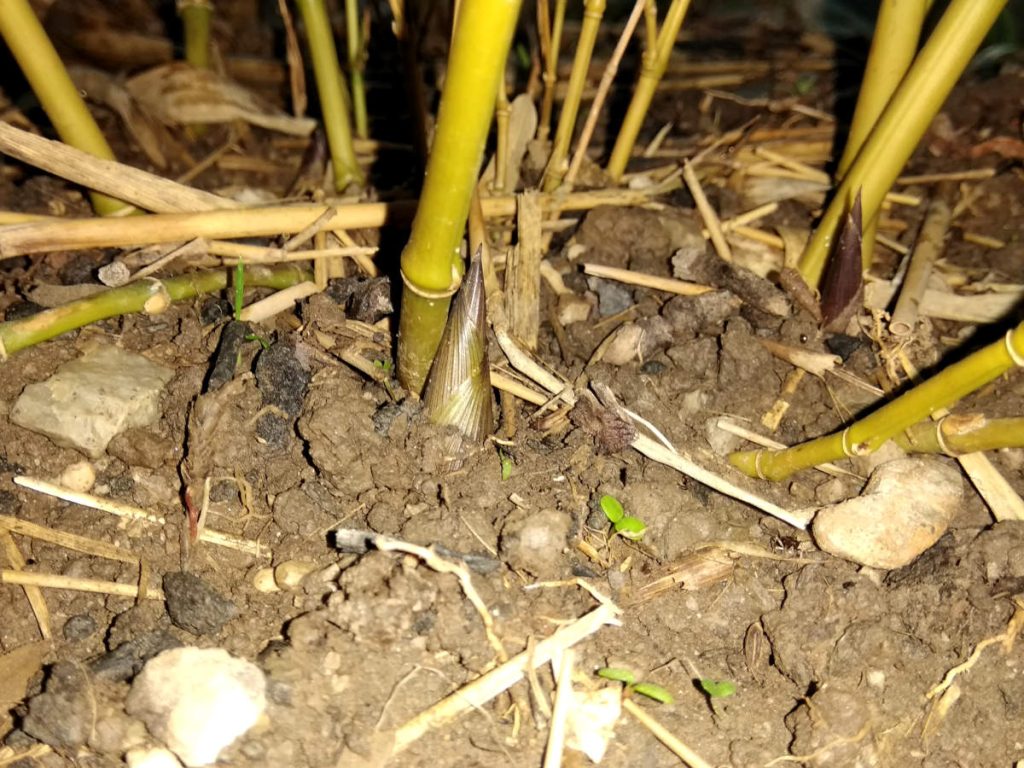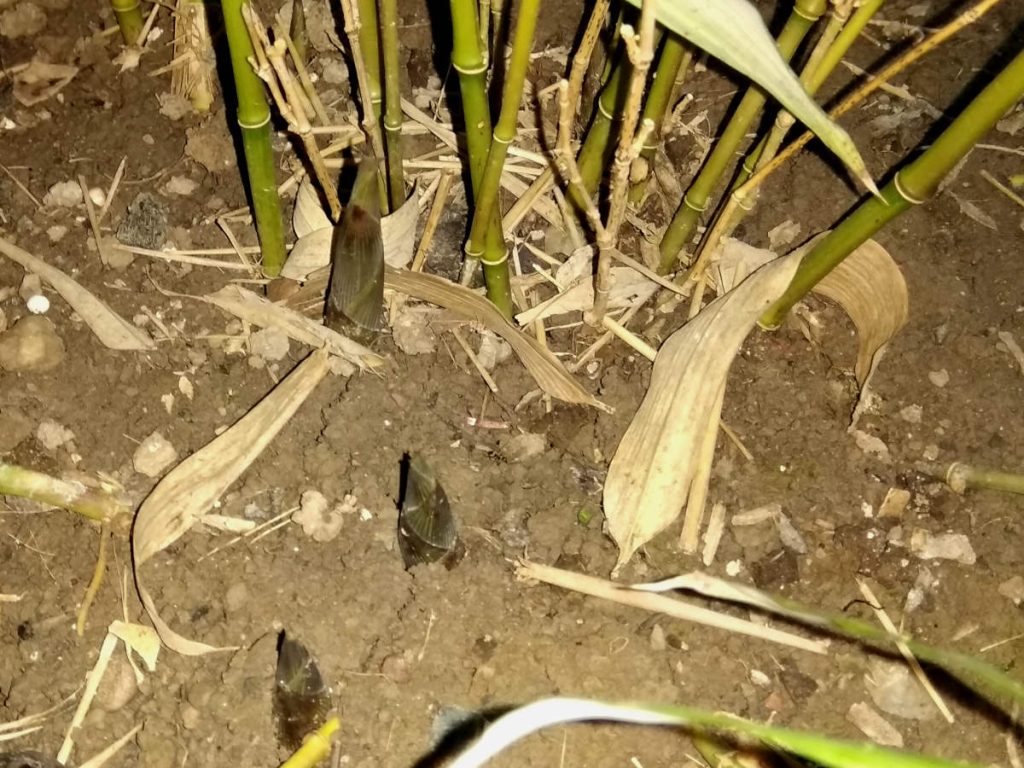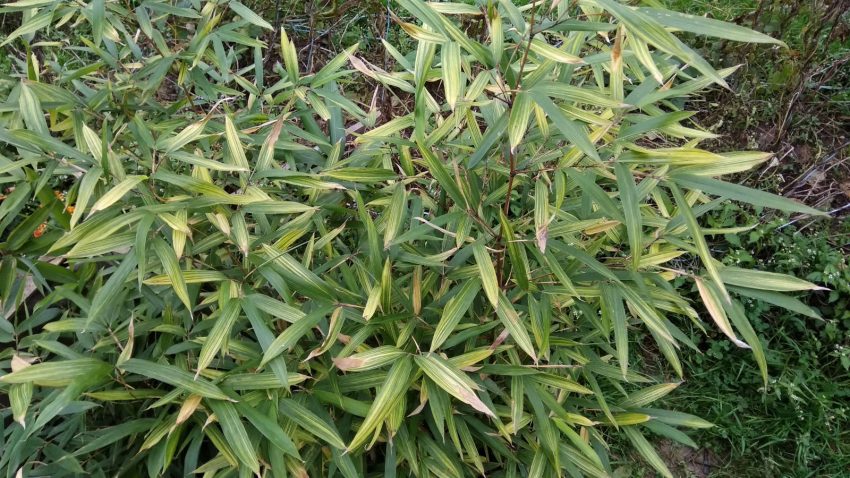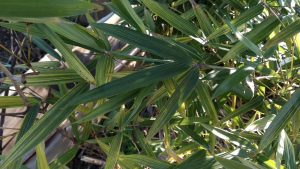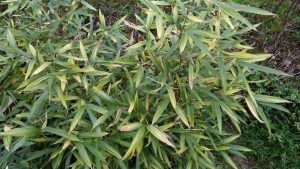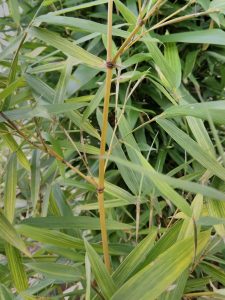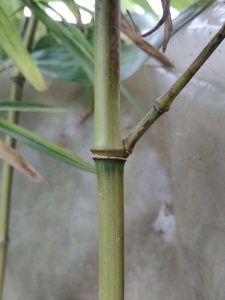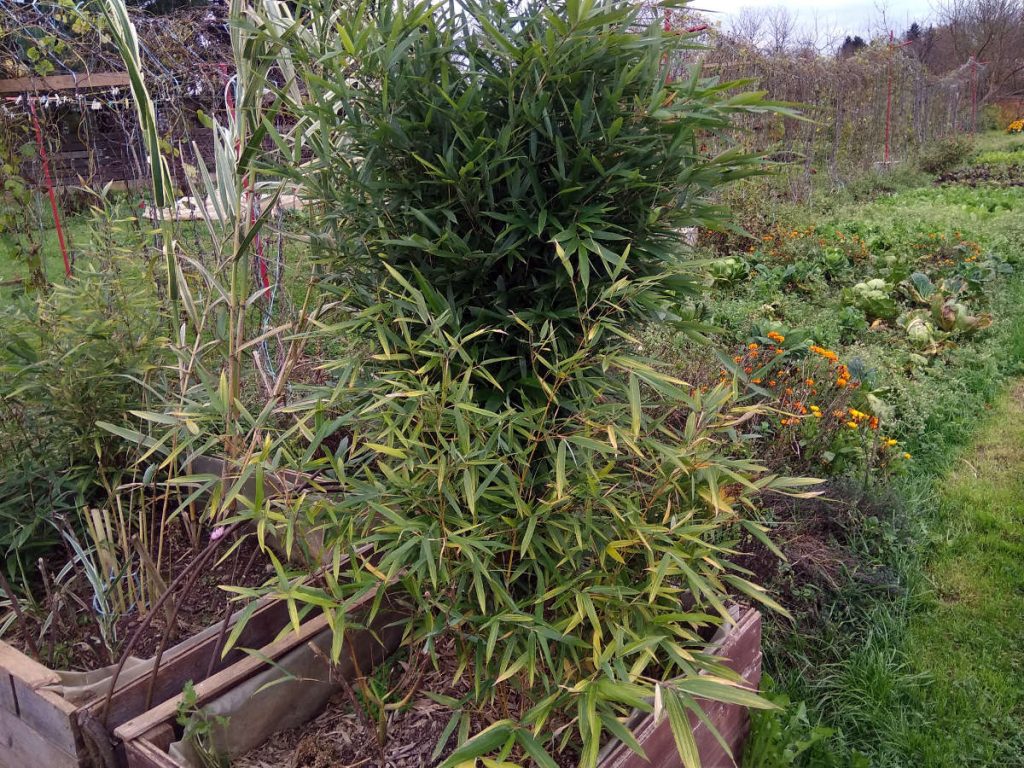Variegated Phyllostachys arcana seedlings 2020 update
Not a typical year
This year started normally, first shoots appeared in March as they always do. Then strange things started to happen. One of the seedlings (the most variegated one) stopped and refused to shoot until late May or early June, and even then, it only managed to produce a couple of thin shoots. Since it’s not overly shaded, the cause has to be somewhere else. I’ll try to get them into their final position as soon as possible! Other seedlings were acting normally. Compared to other Phyllostachys bamboos I have that also failed to shoot normally. Phyllostachys edulis ‘Moso’ for example shot small shoots when the first wave was completed, Phyllostachys aureosulcata ‘Spectabilis’ shot twice with one month pause between the shootings. Phyllostachys aurea waited until late June to even start shooting, which is way later than ever.
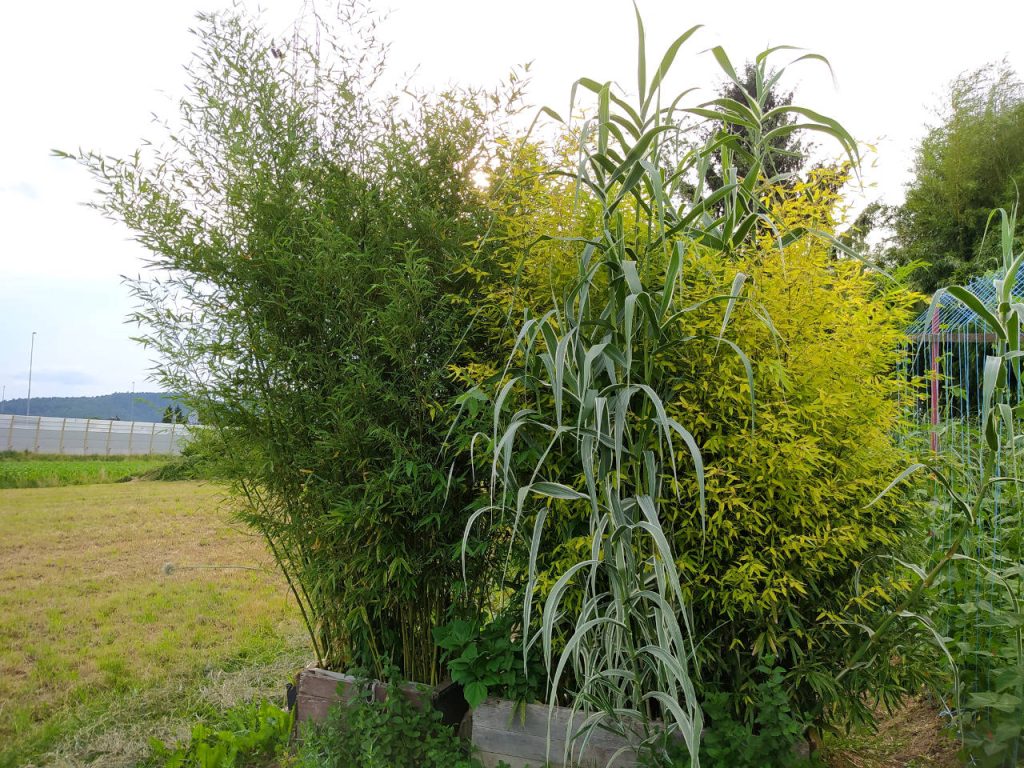
Upsize? – yes and no
I expected upsize this season, because bamboos are still in fairly juvenile state. One of the seedlings did grow thicker culms, but other bamboos remained roughly the same size. They did, however, produce quite a lot of new growth. With the exception of one that I mentioned earlier which took a year off.
Culm coloration
Culm diameter is now large enough to check how the culm variegation looks like. This time, it’s much more evident that there’s a fancy kind of striping all around the culm surface. Variegation of culms is similar to leaf variegation. At first it’s not as evident, but with time in a month or two, the color difference grows bigger and I expect the striping eventually to become even more pronounced. with larger number of shoots, there are more and more variations of the coloration. At first there were no culms with large, thicker striping, now they start appearing. They are far easier to spot than thin striped variegation which visually blends into a less dark green color, especially from afar.
Leaf variegation
Leaf variegation remained the same. First two seedlings are far more yellow and progressively receive more and more chlorophyll with each additional leaf. By he end of the autumn, some of the new leaves can appear completely dark green. The third seedling is a mix of similarly progressive variegation and part of it seems to have regular white striping on the dark green foliage. I’ll try separating these two visually distinct parts and check if they stabilize. Perhaps the seedling is chimeric.
Leaves that start growing on last year’s growth have much more green from the beginning. They are not thinly striped like those on new shoots but have way thicker and well defined stripes. These leaves are usually less likely to show sun related damage.
Bamboo for a shaded location
As expected from last year’s experience, the dramatically variegated seedlings are prone to sunburn. Parts which are exposed to sun most of the day get damaged pretty quickly. The more protected leaves (shaded inside) and the western side of the clump show much less sunburn damage. The first leaves that appear are the most delicate as they are usually completely yellow. Luckily they fall off as soon as bamboo leafs out completely.
Despite evident leaf damage, they don’t suffer and rhizomes start crawling in all directions as soon as new shoots grow their foliage. It grows much slower than green version of the seedling, but still -they are quite aggressive. I have had some escapees already and I planted one into a container – unlike last year, it survived. Previously, it ran out of resources as its leaves were yellow and it couldn’t regain strength in time.
What now?
Seedings reached the point where they started growing one into another into one mixed grove. I’ll have a hard time separating them, despite their distinctive features (I’ll have to separate all the roots thoroughly) when I plant them into their new location. At that point, they will have much more space and growth potential to further develop into mature bamboo plants. Hopefully I’ll manage to plant them this year.

